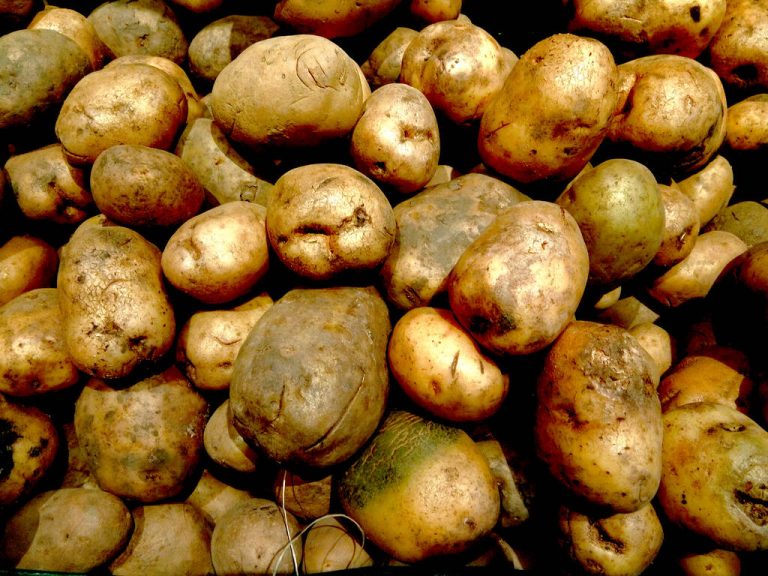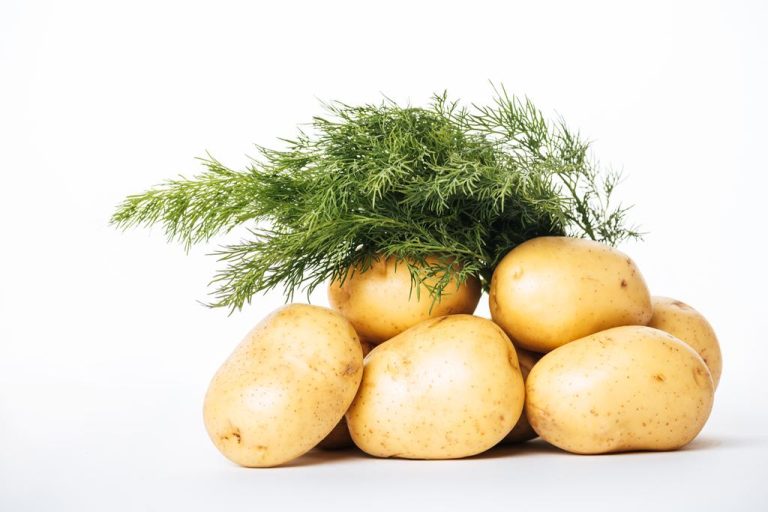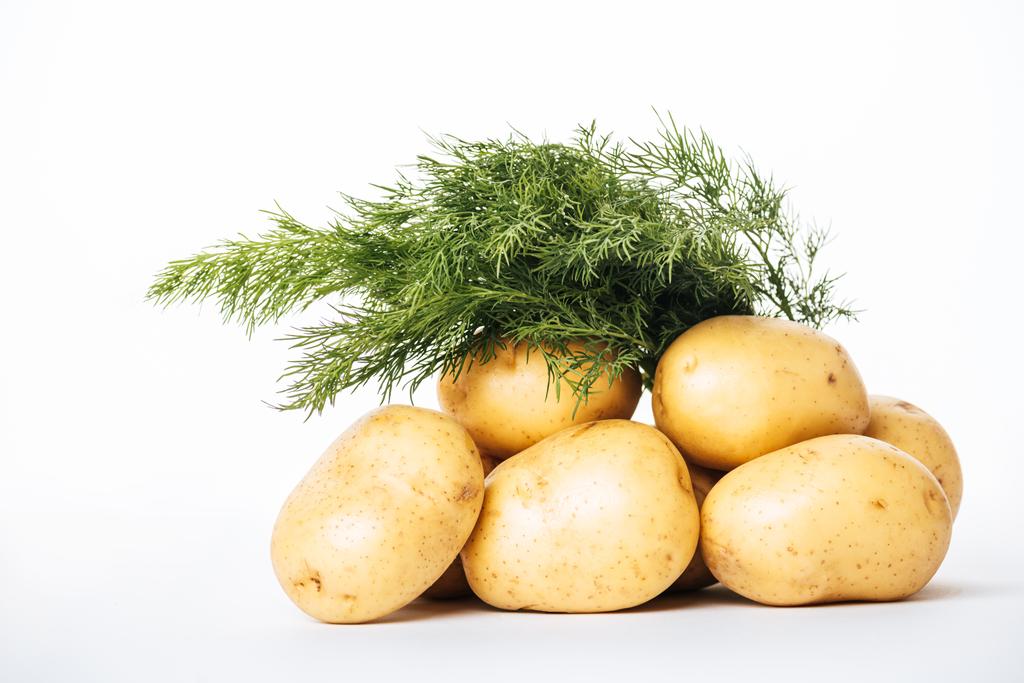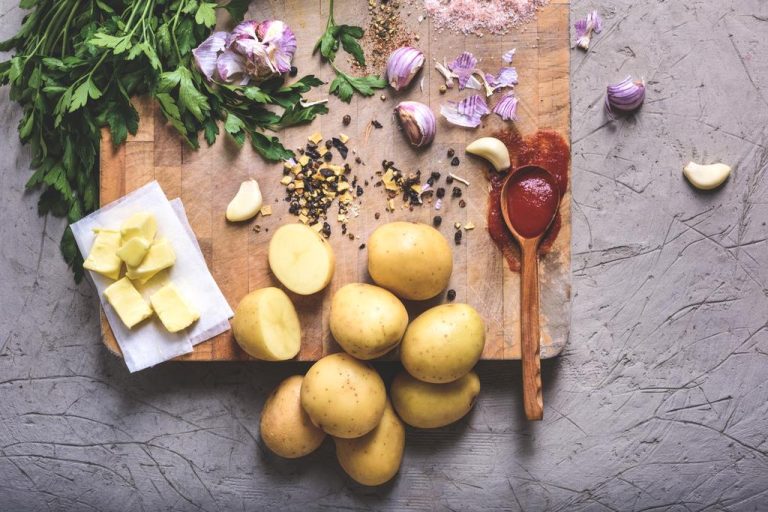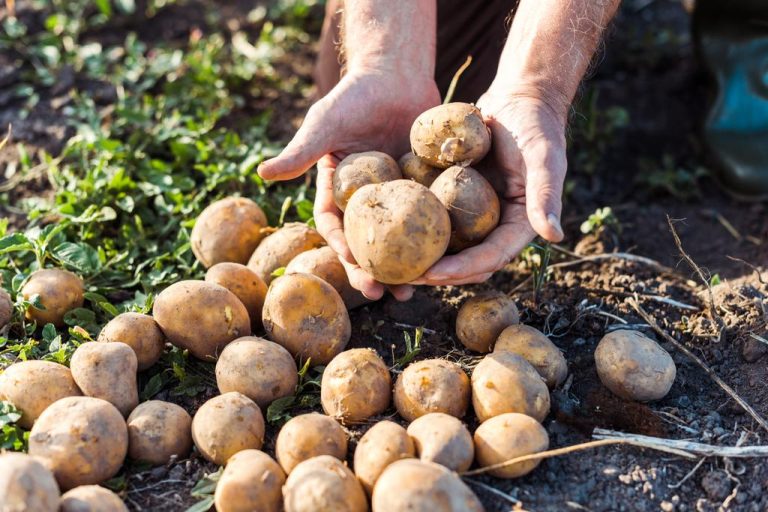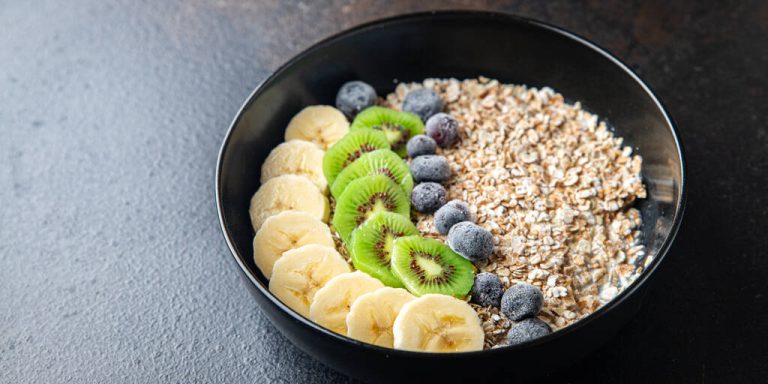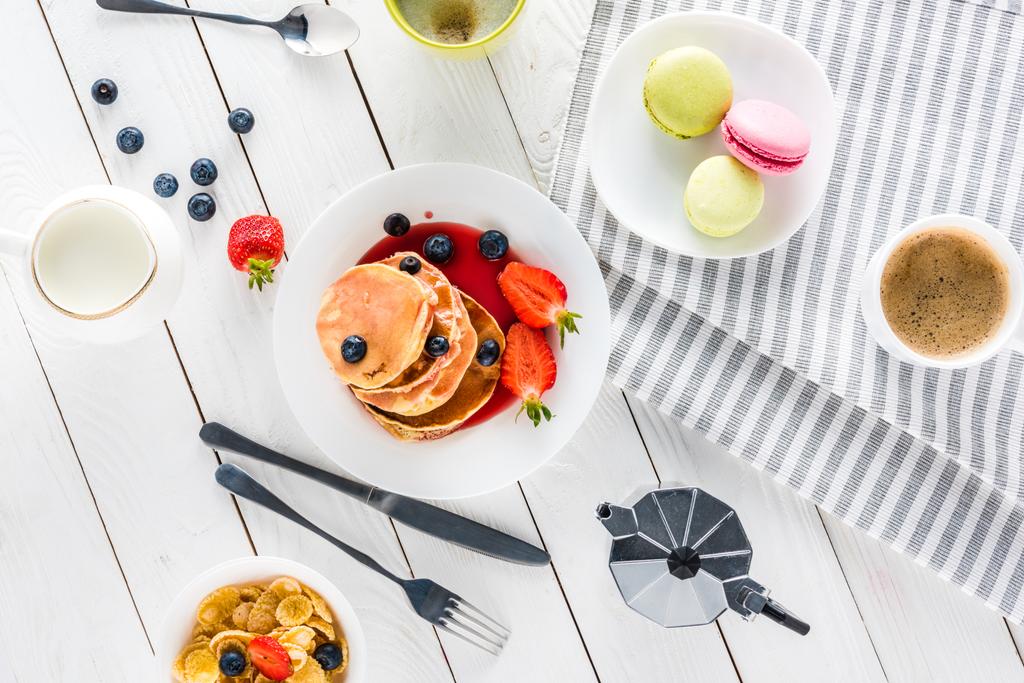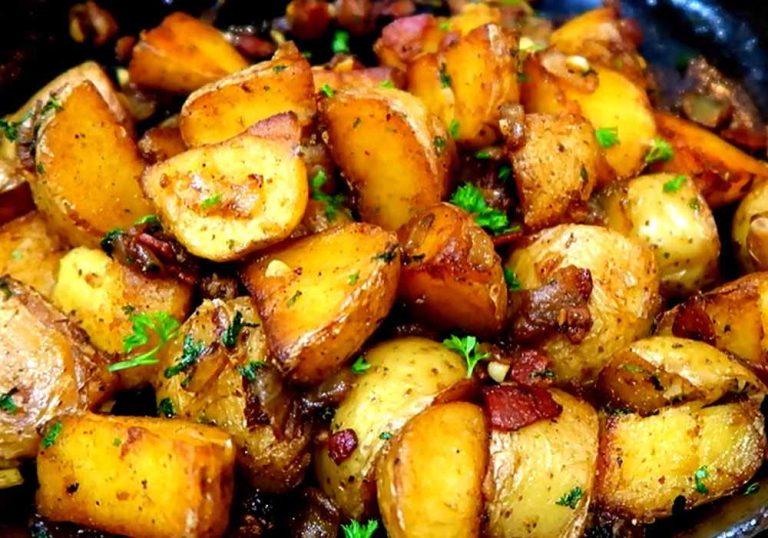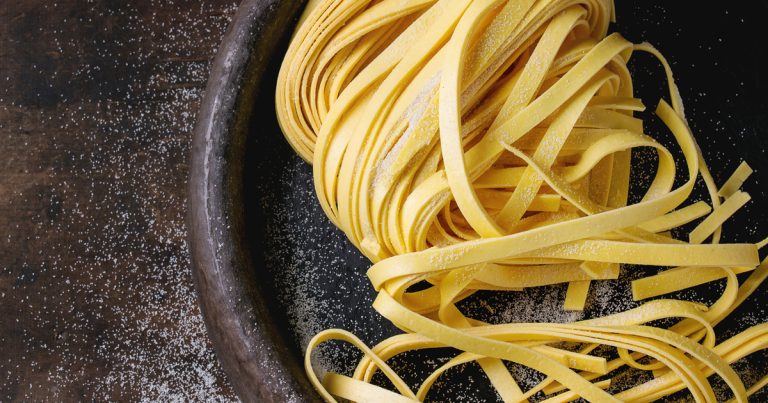With these simple instructions you will learn to plant and harvest your own potatoes – whether on the balcony or in the garden. So you can get a rich harvest in autumn with just a few potatoes in spring.

Plant potatoes yourself: the right location
When it comes to choosing the right location for your potato patch, there are only a few limits. However, you should keep these things in mind if you want to plant potatoes:
The potato plants need daylight, so they should be planted outside.
Enough space: you need a bed or a tall planter or a flower pot measuring approx. 30 cm x 30 cm.
The bottom should have holes to prevent waterlogging in the planter or pot.
Use high-quality, sustainably sourced, peat-free potting soil.
If you have neither a balcony nor a garden, you can also plant a green space in your neighborhood using urban gardening methods.
Plant the right type of potato
You also have many options when it comes to the choice of potatoes. Cultivation is easiest with special seed potatoes. You can order these from the garden trade and should choose according to these criteria:
early or late harvest
firm or mealy boiling
storage suitability
You can even choose the color of your potatoes:
purple potatoes
Red Potatoes
Blue Potatoes
You can also use potatoes from the supermarket. However, varieties from conventional cultivation in particular are often treated with germ inhibitors or are more susceptible to diseases because they are bred to grow up with chemical aids.
Planting Potatoes: Season, Soil and Harvest
Whether you just want to plant a flower pot or an entire bed – the following steps are important if you want to plant potatoes yourself:
Germination: Pre-germinating potatoes is important. From the beginning of March, leave them in the light until they start to germinate and become shriveled. You can then plant them in the ground about six weeks later. Make sure that the nights are already frost-free.
Planting: Loosen the potting soil and remove weeds and roots if necessary. Dig the sprouted potatoes about two inches deep—you’ll need to keep the soil moist from there.
Covering with soil: As soon as the first small plants of ten centimeters have formed, you should cover them with soil again and again (“cover”) with soil so that only the top part is exposed. The plant grows higher and higher and the growing potatoes have more space in the ground and can thrive better.
Harvest: Depending on the variety, the plants begin to wither after three months at the earliest. About two weeks after the plants have withered, the first potatoes can be harvested. You can simply search the earth below the plant remains with your hands or a digging fork.
Tips:
If the potatoes are to be stored for a longer period of time, it is better to leave them in the ground a little longer. This gives them a more robust shell that protects them better against rot.
To prevent disease, potatoes should only be planted in the same spot every four years.
Once you’ve got a taste for your own potatoes and you’ve internalized the basic techniques, you can experiment with different varieties and thus also contribute to the preservation of seed diversity.

